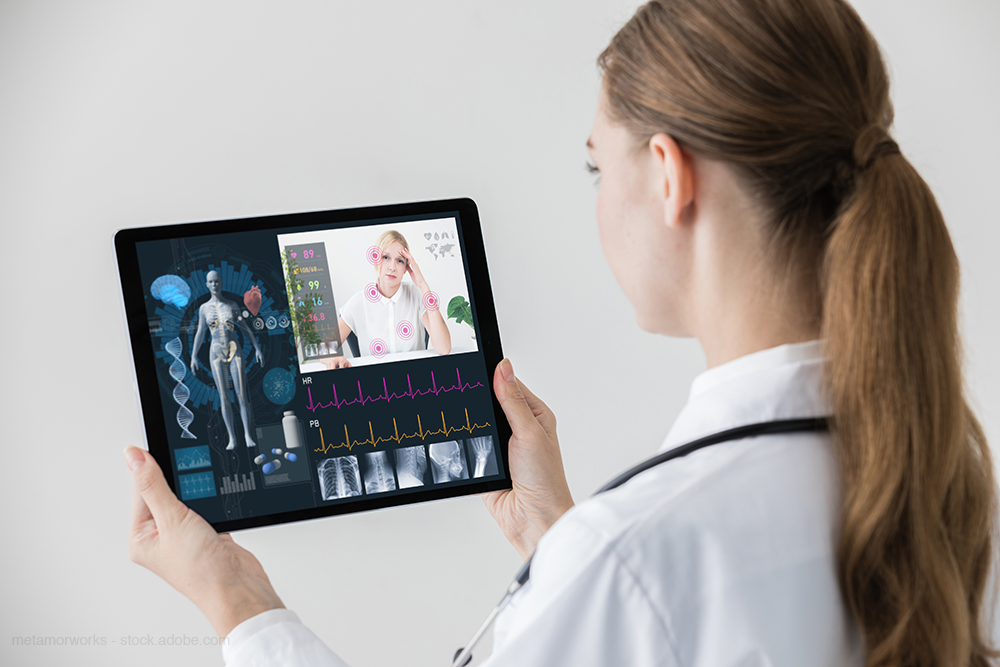Article
Quality, ease of use, type of care are factors in choosing telehealth over in-person patient visits
Author(s):
Study analyzes clinician, patient preferences for primary care, mental health and specialty care.

Clinician beliefs about the quality and ease of using telehealth play a role in how they use telehealth or in-person visits with patients, according to a new study.
Attitudes about telehealth also vary based on practice, with different preferences among clinicians in primary care (PC), specialty care and mental health.
The study, “Perceptions and Use of Telehealth Among Mental Health, Primary and Specialty Care Clinicians During the COVID-19 Pandemic,” was published June 7 in the journal JAMA Network Open.
Researchers analyzed survey responses from 814 clinicians in the Department of Veterans Affairs New England Healthcare System (VANEHS), conducted August to September 2021.
The pool included 403 mental health clinicians, 153 primary care clinicians, and 258 specialty care clinicians who logged 402,989 patient visits in eight medical centers serving about 260,000 veterans a year across six states. They were asked about:
- Quality of care
- Factors in choosing in-person, video or phone visits
- Challenges of telehealth
- Preferences for care for new and established patients
They found mental health clinicians had the greatest proportion of video visits during the survey period. They gave highest ratings to the quality of video care and were more likely to prefer video over telephone phone connections when providing remote care for patients.
Primary care and specialist clinicians were more likely to rate phone care as being at least equivalent in quality to video. They either had no preference or preferred phone or remote care for established patients.
Specialists were more likely to rate video and phone care as being lower in quality than in-person care when treating new patients, and they had the highest proportion of in-person visits across all clinician groups. They endorsed more challenges with phone visits, including inability to assess patients’ health status, compared to primary care clinicians.
Primary care by phone
For established patients, primary care clinicians – 87 physicians, 33 nurse practitioners, 25 pharmacists and eight physician assistants in the study – had the highest proportion of phone visits. The researchers noted video visits are more difficult than audio-only phone visits because patients and clinicians both need video enabled devices, internet connectivity and ability to navigate a video telehealth platform.
The primary care “finding underscores the importance of complexity in influencing adoption of new technologies; if PC clinicians believe that phone and video care are equivalent in quality, ease of use may then drive the choice of phone over video, particularly when treating patients whom they have already seen in-person,” the study said.
Across the specialties, clinicians endorsed patient preference as “a major contributor” to choosing in-person, video or phone visits. It is becoming increasingly apparent that patients prefer video visits, but a large proportion of remote visits still take place by phone, the study said. The researchers noted differences between clinician preference, patient preference and patient readiness for telehealth.
“A patient without a smartphone may be viewed as preferring a phone appointment because they do not have access to the appropriate technologies,” the study said. “Indeed, COVID-19 has revealed a stark digital divide in which patients who are older and/or have lower income are less likely to be video-ready.”
The researchers note the VANEHS financial model is a strength of the study because clinician choices were not driven by fee-for-service payment, so the findings “may more closely reflect intrinsic clinician preferences.”




